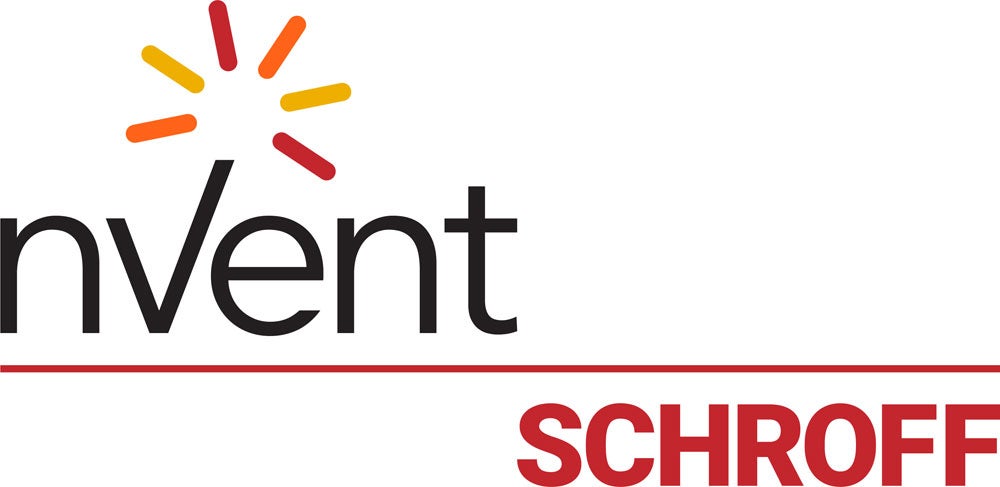With advancements in AI, edge computing and other technology for electronic warfare, printed circuit boards (PCBs) are forced to run at higher processing speeds. However, space is not increasing, creating significant risk of PCBs overheating as heat cannot dissipate as effectively with traditional cooling techniques.
For instance, conduction cooling for most 3U modules within a chassis can only protect up to 100W per board, but industry norm will soon require 150W on average.
Subsequently, liquid cooling is the next logical step for cooling rugged applications as it has already been adopted by other industries like data centres.
Matt Tarney is the Vertical Growth Leader for nVent SCHROFF’s Aerospace and Defence division, an industry leader in thermal solutions. Matt works closely with nVent SCHROFF Senior R&D Mechanical Engineers Sonny Rossano and Emerson Gutierrez to identify the latest technology trends and develop new products.
Matt, along with Sonny and Emerson, will discuss the industry need for liquid cooling while addressing how industry standards have developed to reduce the risk of liquids near electronics.
Matt will then introduce two liquid cooling products, one for cooling embedded systems and another for 19” cabinets.
Join Global Data and nVent SCHROFF on Thursday, 25 September 2025 to learn more around the challenges of liquid cooling and possible solutions to solve increasing thermal challenges.
Learning Objectives:
- Why Liquid Cooling is the next step for thermal management for rugged applications
- How the industry has adopted standards that will reduce the risk associated with liquid cooling
- New liquid cooling products that are retrofittable and how to adapt to existing infrastructure




 Back
Back


